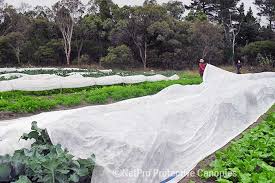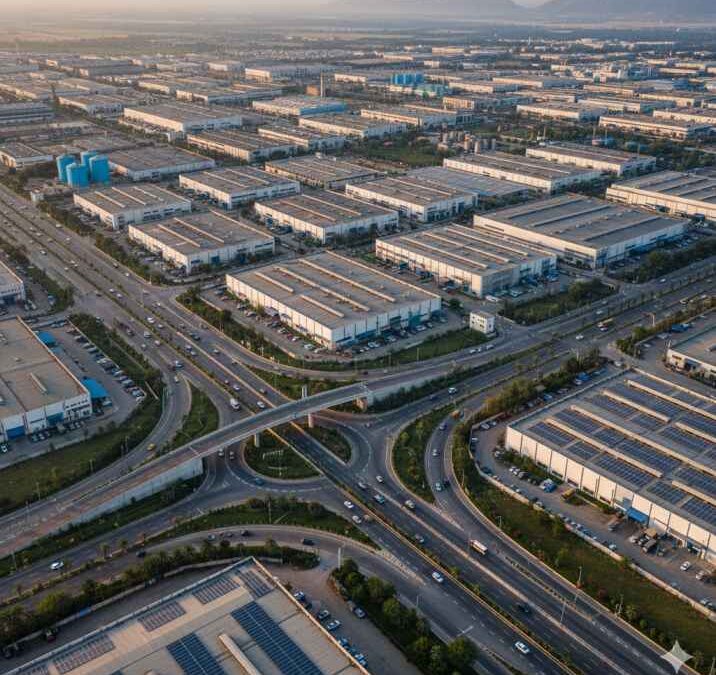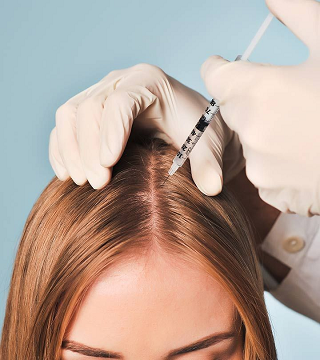Understanding the Role of Protection for Plants in Modern Gardening
When it comes to achieving consistent and healthy crop growth, protection for plants is one of the most crucial factors for gardeners and farmers alike. At Green House Plastic, the idea of plant protection extends beyond simply covering crops—it’s about building a balanced growing environment that allows plants to thrive regardless of outside conditions. Plants are living organisms that respond to their surroundings, and without proper protection, they can easily fall victim to harsh sunlight, heavy rainfall, frost, wind, and pests. In regions like Long Beach, California, where the climate is warm and coastal, the balance between light, humidity, and temperature becomes essential. Implementing reliable protection for plants using greenhouse covers or UV-resistant plastic sheeting ensures that the growing environment stays consistent throughout the year, supporting both small gardens and large agricultural operations.
Why Protection for Plants Is Essential in Changing Climates
The modern climate has become increasingly unpredictable. Droughts, heatwaves, and unseasonal rain can all threaten the delicate balance that plants require to grow efficiently. This is where protection for plants plays a vital role. By using greenhouse films or specialized plastic covers, growers can control the amount of sunlight and moisture that reaches the plants, minimizing stress and ensuring steady photosynthesis. These controlled environments also prevent soil erosion and maintain humidity levels, which are especially beneficial in arid or windy regions. At Green House Plastic, the approach to protection for plants is based on long-term resilience—ensuring crops can withstand not only environmental challenges but also thrive in them. When plants are protected from excessive UV exposure, temperature fluctuations, and pest invasions, their root systems develop more robustly, leading to better yields and overall plant health.
The Science Behind Effective Protection for Plants
The effectiveness of protection for plants lies in the science of environmental control. Every plant has an optimal range of temperature, light intensity, and humidity that supports its growth cycle. Greenhouse plastics, shade films, and frost covers help maintain this range by filtering sunlight and creating a microclimate inside the growing area. For instance, UV-stabilized polyethylene films not only protect leaves from sunburn but also diffuse sunlight evenly, reducing the risk of plant burns and promoting uniform growth. This light diffusion ensures that no part of the crop receives too much or too little sunlight, a critical factor in greenhouse horticulture. Moreover, modern plant protection materials are engineered to allow adequate airflow, reducing the buildup of excess heat and moisture that can lead to mold or mildew. Through this delicate balance, protection for plants allows growers to sustain healthy crops throughout varying weather conditions.
How Greenhouse Plastic Enhances Protection for Plants
One of the most efficient ways to provide consistent protection for plants is through greenhouse plastic coverings. These durable and transparent films create a controlled environment where plants can flourish year-round. At Green House Plastic, the focus is on high-quality polyethylene and UV-resistant plastic sheeting that ensures durability and long-term performance. Such materials are designed to withstand direct sunlight, heavy rain, and even coastal winds, which are common challenges in areas like Long Beach, California. The film acts as both a thermal insulator and a protective barrier—keeping warmth inside during cooler nights and reflecting excess heat during the day. This temperature regulation helps plants maintain steady metabolic activity and growth rates. Additionally, greenhouse plastic prevents pest intrusion and contamination from airborne pollutants, which often go unnoticed but can drastically affect plant health.
The Environmental Benefits of Sustainable Protection for Plants
Implementing protection for plants does more than improve yields—it also contributes to environmental sustainability. By minimizing water evaporation and soil erosion, protective covers help conserve valuable resources. Greenhouse plastic films allow growers to reduce their dependency on chemical pesticides and fertilizers since plants are less exposed to pests and harsh elements. This not only protects the environment but also promotes healthier, more organic growth. Moreover, modern greenhouse covers are now designed to be recyclable, aligning with the growing need for eco-friendly agricultural practices. At Green House Plastic, sustainability is a key focus, ensuring that growers can protect their plants while minimizing their environmental footprint. With efficient protection for plants, growers can achieve higher productivity using fewer resources, making agriculture more sustainable for future generations.
How Protection for Plants Improves Crop Quality and Longevity
Crops grown under proper protection for plants tend to exhibit better quality, appearance, and nutritional content. This improvement is mainly due to the consistent environment created under greenhouse films or plastic coverings. When plants receive steady light, temperature, and humidity, they can focus their energy on growth and fruit development rather than survival. Tomatoes, leafy greens, and herbs, for example, benefit greatly from reduced exposure to UV stress and wind damage. In addition, the protection helps prevent diseases that thrive in uncontrolled outdoor conditions, such as fungal infections or bacterial wilt. The result is cleaner, stronger, and more uniform produce that lasts longer after harvest. For both commercial growers and home gardeners, this quality improvement translates into higher satisfaction and better overall productivity.
Adapting Protection for Plants to Different Growing Needs
Every plant species has unique requirements, and protection for plants can be tailored to meet those specific needs. For instance, shade-loving plants may benefit from partially opaque plastic films that reduce sunlight intensity, while sun-loving crops thrive under clear greenhouse covers. In coastal climates, wind-resistant plastic sheeting helps maintain structural stability, whereas frost protection films are ideal for regions with colder nights. Green House Plastic provides adaptable solutions that cater to these variations, ensuring that growers can customize their protection strategies according to crop type, location, and season. This adaptability is one of the reasons greenhouse plastic has become the go-to choice for modern farmers looking to maintain consistent quality and yield across different growing conditions.
Why Green House Plastic Leads in Modern Protection for Plants
At Green House Plastic, innovation meets functionality in every aspect of plant protection. The company specializes in materials designed to deliver long-term protection for plants through advanced UV stabilization, superior tensile strength, and exceptional light transmission. Each product is engineered to perform under the specific environmental conditions faced by growers in California and beyond. The emphasis on quality and durability ensures that once the protective covers are installed, they can endure multiple seasons without losing effectiveness. Green House Plastic’s mission is simple—to empower growers with the tools they need to cultivate stronger, healthier, and more sustainable crops through reliable and affordable protection for plants.
The Future of Protection for Plants in Sustainable Agriculture
As agriculture continues to evolve, the demand for efficient protection for plants will only grow. Climate change, urbanization, and the increasing need for food security are pushing growers toward more innovative solutions like greenhouse farming and controlled environment agriculture. The future lies in smart, adaptable, and sustainable protection methods that not only shield plants but also enhance their productivity. Technologies like infrared additives in plastic films, anti-drip coatings, and thermic layers are shaping the next generation of plant protection systems. At Green House Plastic, the vision is to stay ahead of these innovations—helping growers build sustainable food systems that can thrive despite environmental uncertainties. The right protection for plants ensures not just the health of individual crops but the future of farming itself.







0 Comments